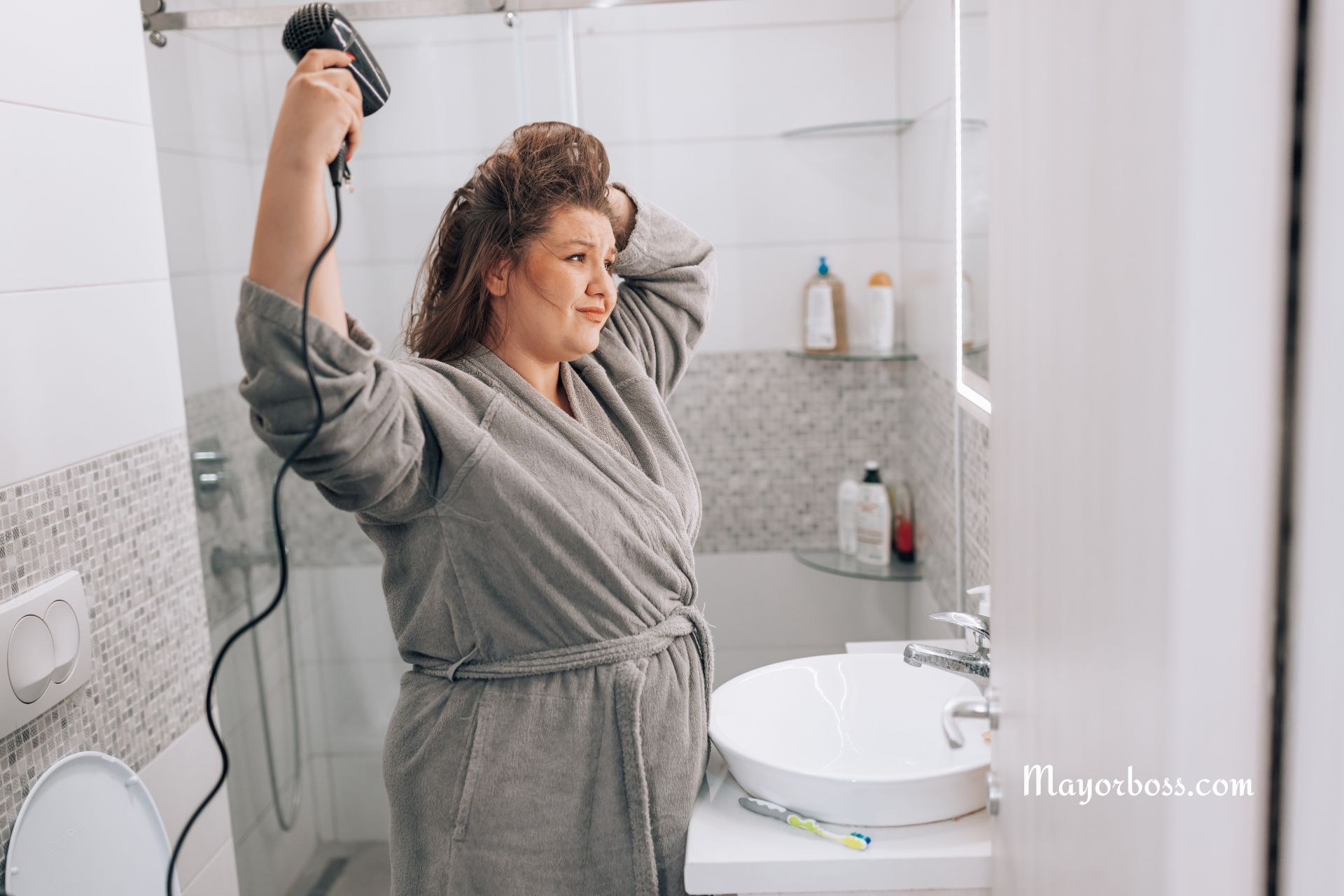What’s Plainly Happening When Your Hair Goes Gray
Ah, the silver strands of wisdom, or as we like to call them, gray hairs. They’re like unsolicited visitors at the party of youth, often sneaking up on you when you least expect it. But have you ever wondered what’s actually happening beneath the surface of your scalp when your hair decides to switch teams and go gray?
The Science Behind Your Hair Turning Gray
The Melanin Mystery
Let’s dive into the fascinating world of hair pigmentation. Your hair color is defined by melanin, a pigment produced by cells named melanocytes. There are two types of melanin: eumelanin, which gives your growing shaft of hair a brown or black color, and pheomelanin, which imparts a red or yellow hue. The unique blend of these melanins in your hair follicles gives you your natural hair color.
The Graying Process
So, what happens when your hair goes gray? It’s simple yet complex. As you age, the melanocytes in your hair follicles slowly become less active and finally stop producing melanin altogether. No melanin means no color, which leads to hair turning gray or white.
Why Does It Happen?
Now, you might be wondering, “Why does this happen?” Several factors contribute to this process:
- Genetics: Your genes play a significant role. If your parents went gray early, chances are, you might, too.
- Aging: As we age, the production of melanin naturally slows down.
- Lifestyle Factors: Stress, diet, and smoking can influence how early and how much your hair grows.
- Health Conditions: Certain medical conditions and deficiencies can also lead to premature graying.
Embracing the Change
Remember, going gray is a natural part of aging, and it’s happening to everyone, albeit at different rates. It’s not just a sign of getting older but also a mark of the unique journey your body is going through.
The Role of Genetics and Lifestyle
Genetics: The Blueprint
Your genetic makeup is like a detailed blueprint for how and when your hair will turn gray. Scientists have identified several genes associated with graying. The most notable is the IRF4 gene, which regulates melanin production and storage.
Lifestyle: The Accelerators
Think of lifestyle factors as accelerators in the graying process. High levels of stress, for instance, can cause oxidative stress in your body, which may speed up aging and, consequently, the graying of hair. Smoking and poor diet can also contribute to earlier graying by affecting the health of your hair follicles.
Can You Reverse or Slow Down Graying?
Is it possible to reverse or slow down graying? While there’s no surefire way to reverse the process completely, some studies suggest that certain vitamins and minerals might help maintain melanin production for a little longer. B vitamins, particularly B12, and minerals like zinc and copper are known to be important for hair pigment.
Lifestyle Adjustments
Making lifestyle adjustments can also have a positive impact. Reducing stress, quitting smoking, and eating a balanced diet rich in antioxidants can potentially slow down the onset of gray hair.
Embracing Gray Hair
Lastly, it’s important to embrace the change. Gray hair doesn’t just signify aging; it can be a sign of maturity, experience, and wisdom. Many people find gray hair to be stylish and sophisticated, and it’s increasingly celebrated in today’s society.

Conclusion: The Silver Lining
So, there you have it. The journey to gray hair is a complex interplay of genetics, aging, lifestyle, and sometimes health factors. While you might not be able to stop the clock on graying, you can definitely embrace it with style and grace. Remember, each silver strand tells a story – your story. And that’s something to be proud of.






